Geodata part
What we are trying to face?
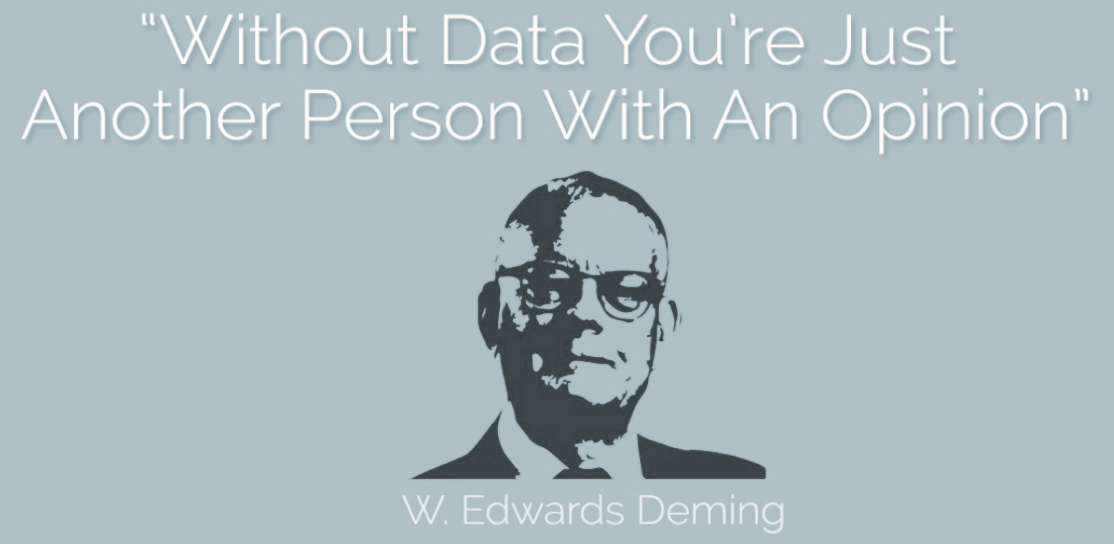
Climate changes and their impact? The poorness of more than half world population? Equal access to the source, education or health services? All of these phenomena can be mapped, analysed and visualized only if we have good quality data, better if the data are Open Data, especially Open Geodata. So, could data be the answer or the final solution?
Data are everywhere
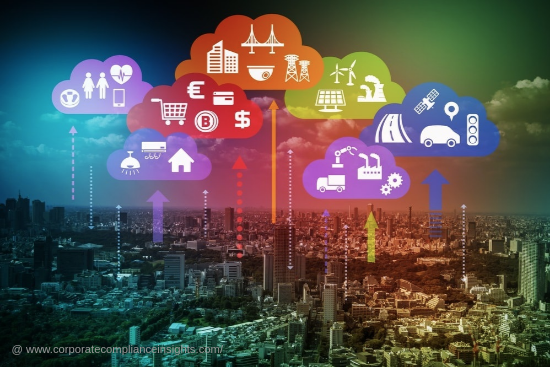
What is the data revolution doing for the 700 million people who live in extreme poverty? When data are turned into valuable information, they have the potential to improve lives, transform economies, and help end poverty. Now more than ever, the world is facing new demands for data as our principal weapon in the war against COVID-19 (WBG, 2021).
Why geodata metter?
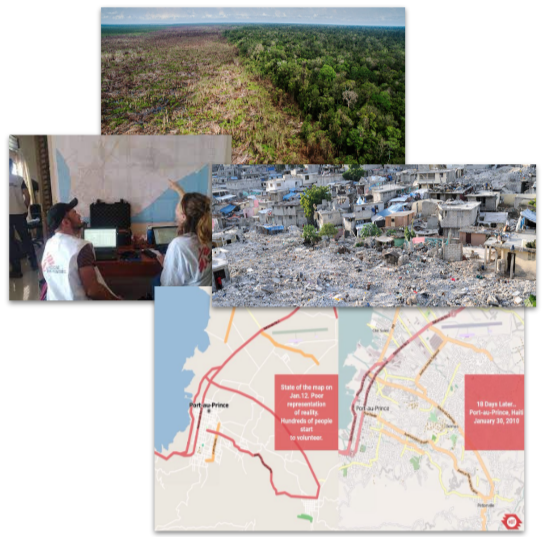
Before we are would be able to answer all these questions above, we should move a bit towards an understanding of how data and geodata can help us and what are problems with data. Let me focus more on geodata, what are data itself but with location information.
Just imagine you are a medical staff in the jungle where there is no map. Or you live in the forest area and you spot the forest is illegally disappearing in your area, and you want to act. Or earthquake destroyed all known infrastructure in city where no map was ever created. So what would you need if you want to act or analyze a situation or help in the field? You will need good quality open geodata to make better decisions.
Combination of public and private intent data
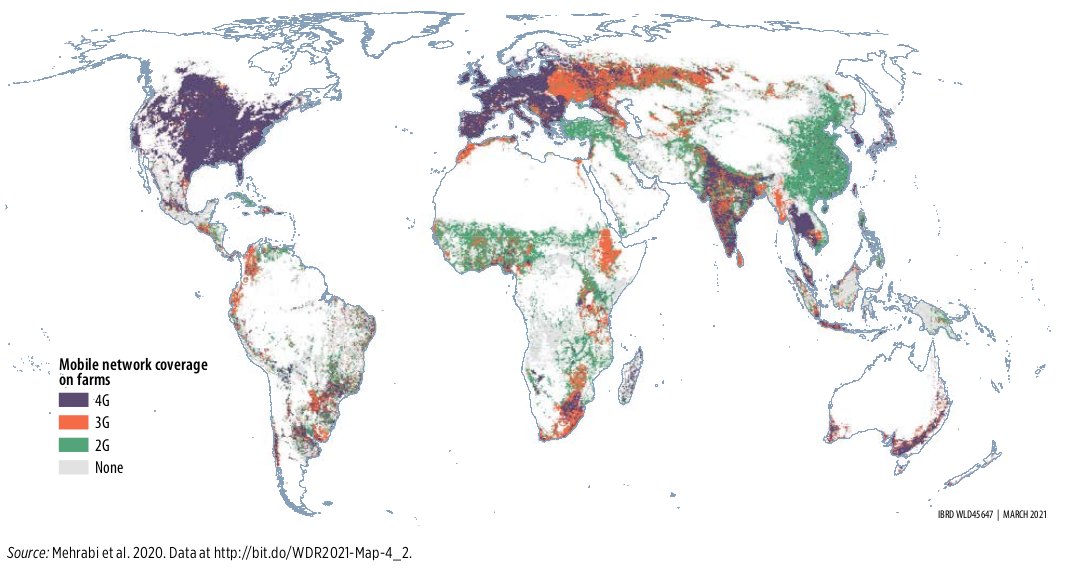
Are the examples above data in public intent or in private intent, or both or either? So let´s have a quick overview of what is public and what private intent and how could this to "separate" worlds cooperate for improving the data analytics an thus help to improve quality of lifes.
One key example is the use of combining private and public intent data to see which types of farmers lack cell phone connectivity. One can see on the map that coverage is much lower in the less developed areas in Sub Saharan Africa and South Asia. This can help guide infrastructure investments to give smallholder farmers better access to extension services and information on weather and prices that can help make them more productive (D. Newhouse, 2021).
Why we still strugling with good quality and usable data and geodata?
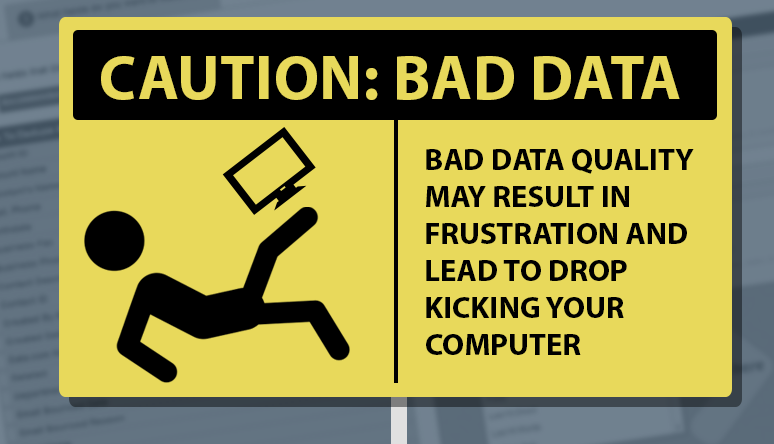
We can see companies as Google, Here, Apple etc. which provide for us with good quality data so why do we are still stuck? The answer is simple, each private company is focusing on their own market, so we still miss the complex, harmonized and open data and geodata. If we are looking at public data, we can find more obstacles nowadays of accessing good quality data.
Public bodies are still facing a number of issues when dealing with spatial data, in particular: Spatial data is often missing or incomplete; The description (documentation) of available spatial data is often incomplete; Spatial datasets can often not be combined with other spatial datasets; The systems to find, access and use spatial data often function in isolation only and are not compatible with each other; Cultural, institutional, financial and legal barriers prevent or delay the sharing and re-use of existing spatial data (P. Chrzanowski, 2018).
New Social Contract could be the solution
Data are a powerful weapon for fighting poverty in low- and middle-income countries. But data themselves won’t help lift people out of poverty. It’s the people using them that generate insights that can turn into action to improve development outcomes. Data are currently not reaching their full potential for use in development. The World Development Report (WDR) 2021 explains this problem and introduces an important part of the solution: a social contract for data (WBG, 2021).
A social contract isn’t a new idea. Our existing laws are one type of social contract–an agreement between people in a society to follow a set of rules. And there are already laws that govern data creation and protection, such as the EU’s GDPR, rooted in the US Fair Information Principles developed in the 1970s. But the social contract for data set out in the WDR 2021 goes further. In order to maximize the potential of data, we need to do more with them. Different data-creating and data-using parties need to collaborate, and have a way to do so safely. At the same time, the opportunities that data create should be accessible to all people in all countries, and not just confined to a few (WBG, 2021).
The three elements of a social contract for data:

The social contract is an enabler of safer collaboration to get more value out of data than we do at the moment. With better collaboration between data users, we can better help the poorest communities, and advance development goals (WBG, 2021). Especially with geodata, which demands more negotiation and better technical understanding.
Sources
- WBG. 2021. World Development Report 2021: Data forBetter Lives. Washington, DC: World Bank. doi:10.1596/978-1-4648-1600-0. License: Creative Commons Attribution CC BY 3.0 IGO
- Pierre Chrzanowski, GIS Consultant for the World Bank. Readiness assessment for a Regional Spatial Data InfrastructurePrepared for the Self-Governing Region Prešov. October 2018
- David Newhouse. 2021. The power of repurposing and combining private and public intent data. Data for Better Lives: A New Social Contract - Online course
- www.corporatecomplianceinsights.com. 2021
- Daniel Shapiro. 2017. Artificial Intelligence and Bad Data. https://towardsdatascience.com/artificial-intelligence-and-bad-data-fbf2564c541a